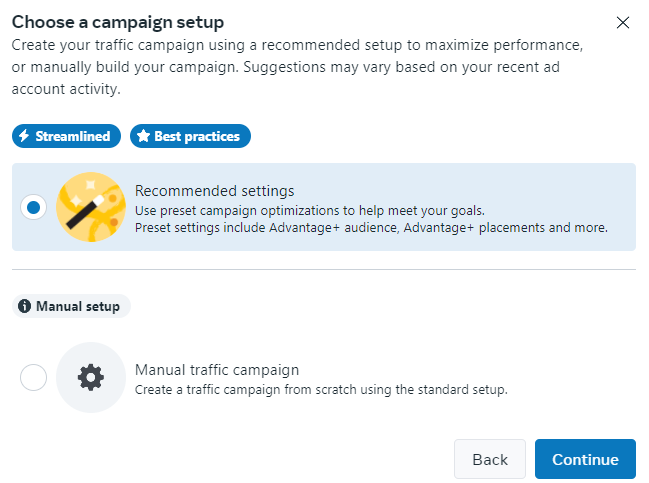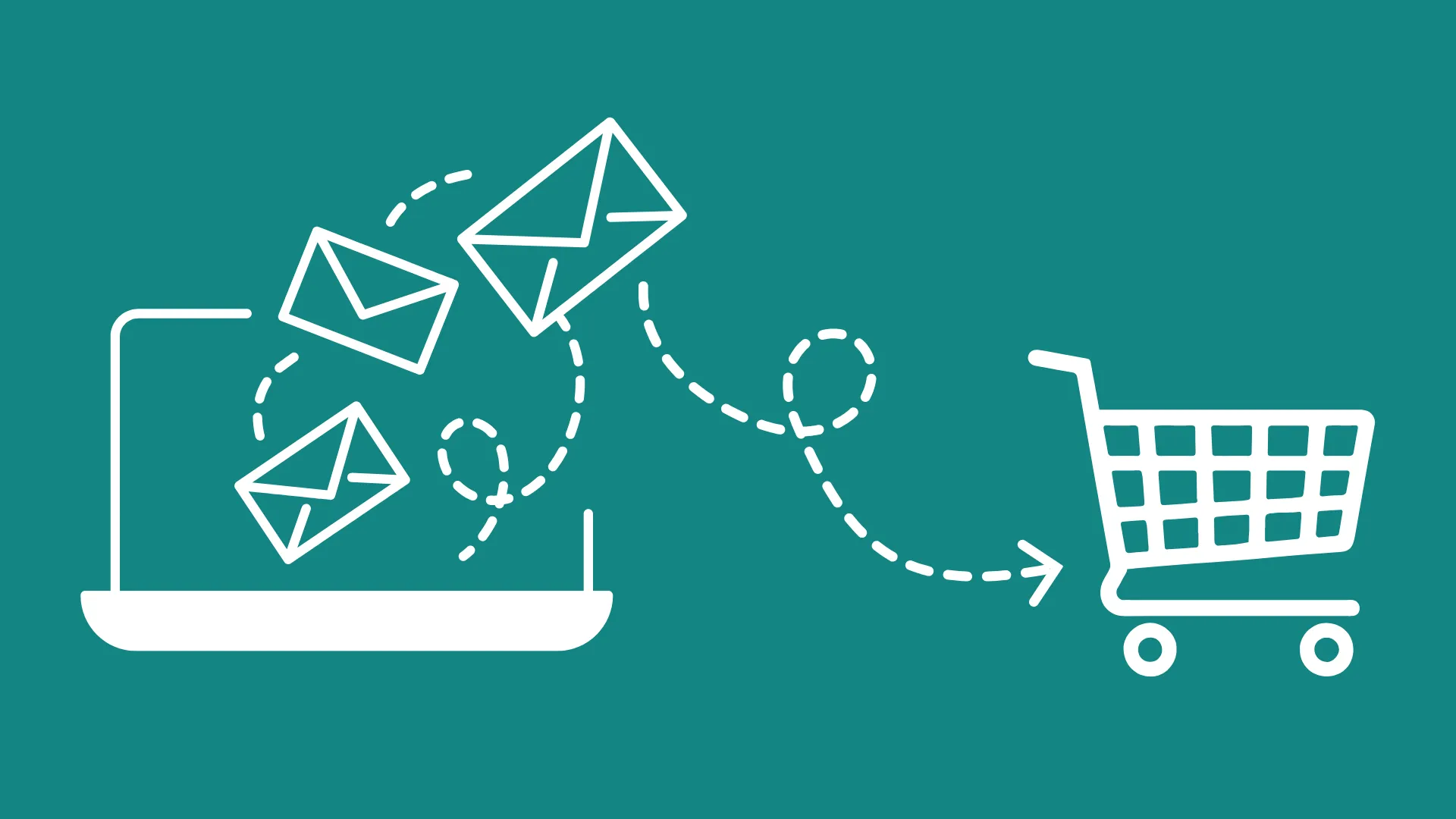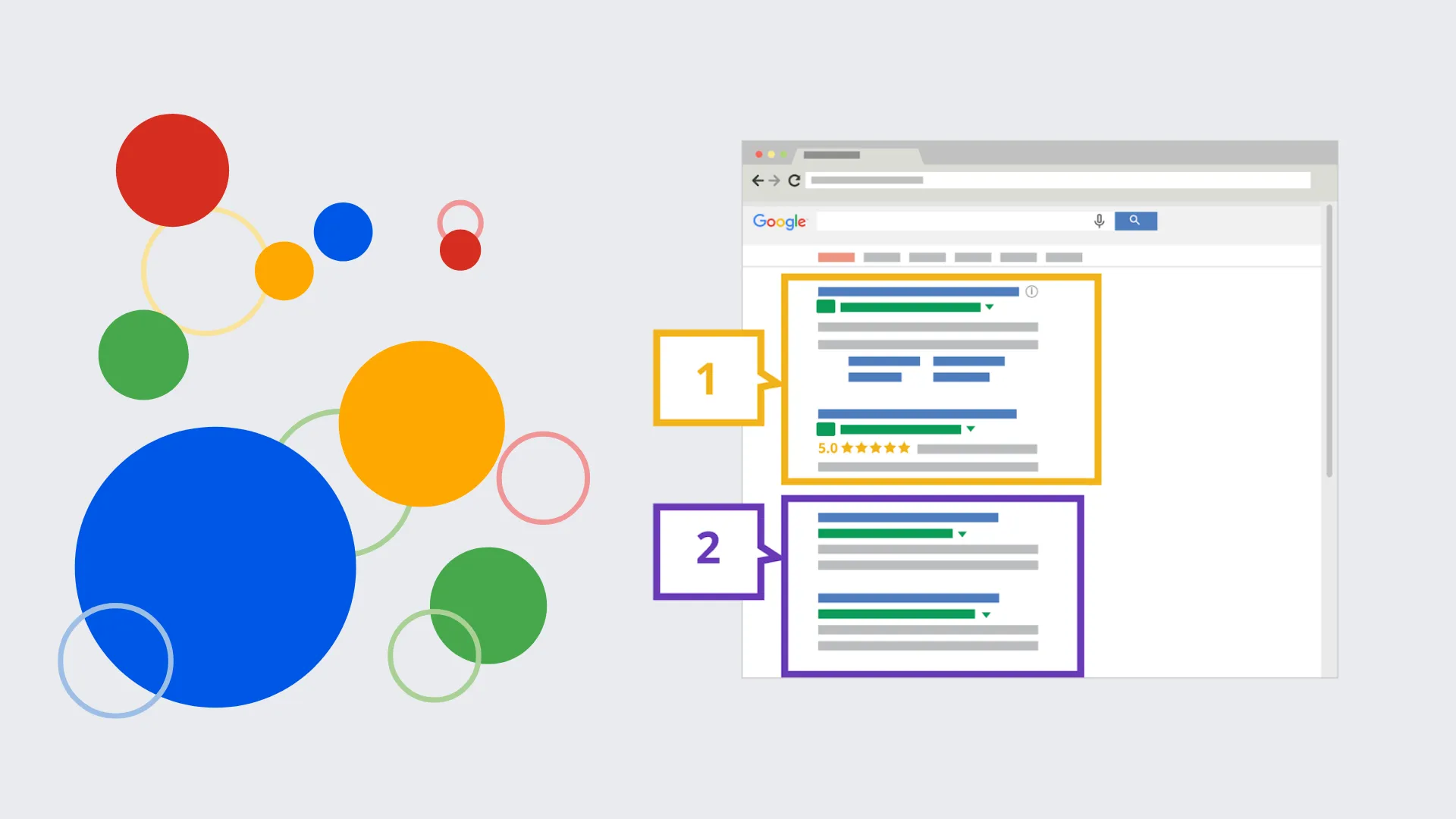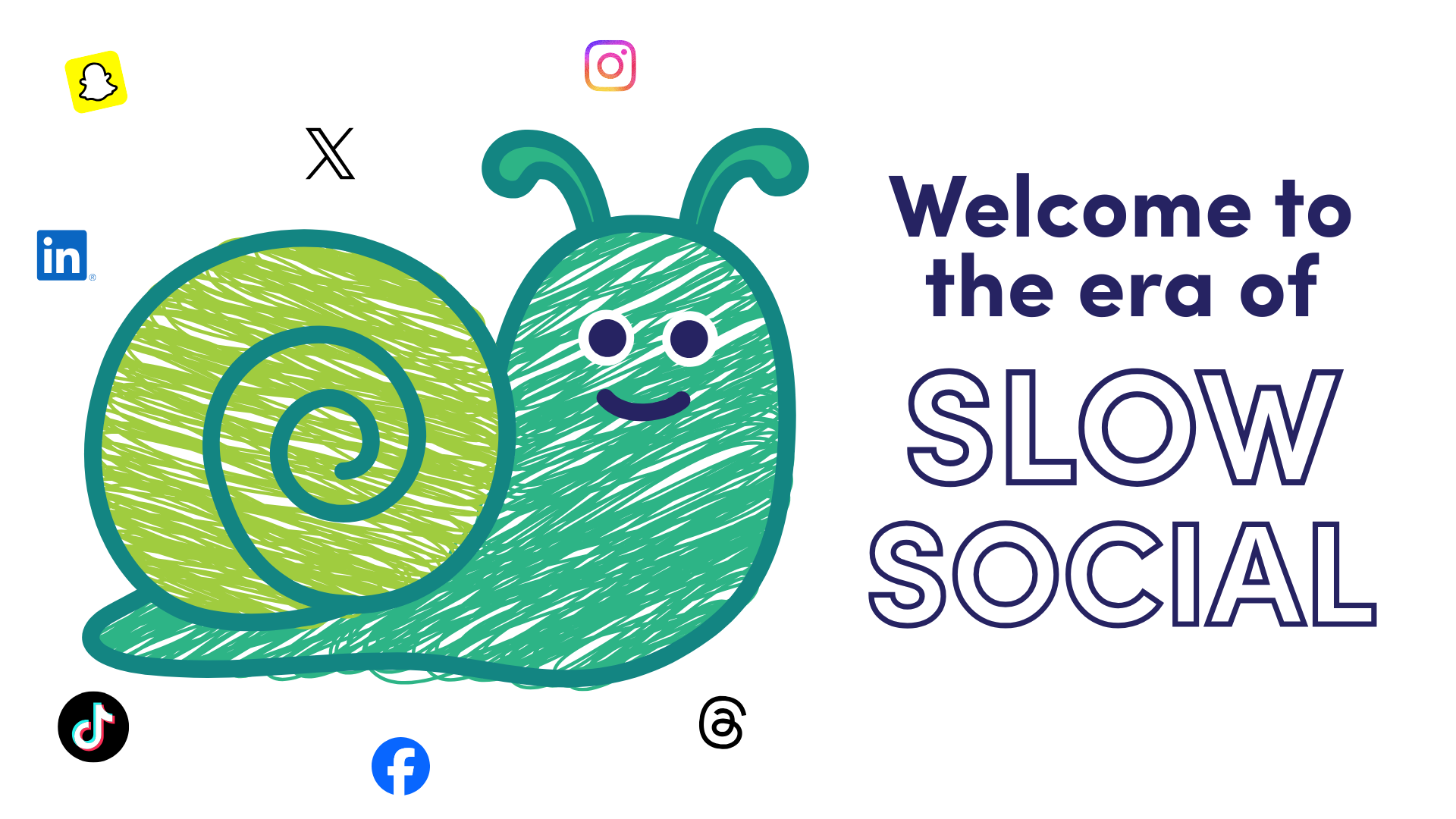If you’ve recently created a paid campaign on Facebook (or Meta as it’s now known), you’ve probably noticed the platform is trying to skew you towards using broad targeting instead of interest targeting.

Historically, we’ve pushed for specific interest targeting because it’s delivered us really positive results for our customers but the tides are starting to turn. In this post-iOS14 world it’s becoming increasingly difficult to reach targeted audiences. It’s now up to our creatives to do the heavy lifting.
What is broad targeting on Facebook?
Broad targeting on Facebook relies on Meta’s delivery system to find the best people to show your ads based on your conversion type, i.e. the people most likely to convert.
It can still include high level targeting such as age range, gender or location and then uses machine learning to find the right people based on their online behaviours.

Why Facebook/Meta recommends broad targeting for your business
1. More opportunities to find your customers
The bigger your audience, the more opportunities there are to position your ad in front of the right people. Even if your audience ends up being too broad, Meta will automatically optimise your targeting to reach the most relevant customers possible.
2. Better Audience Insights
Audience Insights and Meta Ads Reporting provides information about the people who interact with your ads, which you can use to optimise ad creative.
For best results, turn on Advantage detailed targeting to let Meta show your ad to additional people, so you can get better performance at a lower cost.
What are the downfalls of broad targeting?
Reaching a wider audience means there’ll be a number of people who simply aren’t interested in your brand or content which can burn your ad budget. Broad targeting is like a big fishing net. You’re not guaranteed to catch a fish, but it does increase your chances.
How to get the most out of broad targeting on Facebook/Meta
If broad targeting is still making you feel a little nervous – don’t worry, we were too – follow these steps so you can be sure you’re getting the best value out of it. Don’t forget – if your audience ends up being really broad, Meta will automatically optimise your ads to reach the most relevant people. It won’t just show to every Tom, Dick or Harry.
1. The bigger, the better
The bigger your audience pool, the better Meta’s delivery system will work because there are more chances to reach the right people. Remember the fishing net?
2. Stick to demographic targeting
Use age, gender and location targeting only, and avoid any interest targeting unless you feel that it’s absolutely necessary. These parameters will help you reach the most people without being too specific.
3. Use Advantage Detailed Targeting
If you’re tempted by interest targeting, turn on the Advantage Detailed Targeting option. This allows Meta to show your ad to similar people beyond your initial targeting, potentially lowering your costs.
4. Combine similar Ad Sets
Avoid overlapping your audiences with similar Ad Sets and combine them into one big Ad Set. This will make sure people don’t see the same ad twice and waste your budget.
5. Let your creatives do the targeting for you
Targeting a wider audience means your creatives have never been more important – and it was already super important! Test different hooks, angles, images, colours and landing pages to find the right formula that will drive results.
Is broad targeting really the right option for my brand?
Unless you have very specialist niches or brands with persona-based ads, broad targeting is the way to go.
Looking for assistance with your next social media advertising campaign? Find out how Aston Digital can help you reach your audience fast with clever creatives.

Once upon a time, Black Friday was a single weekend event that followed Thanksgiving in the U.S. It's basically their version of Boxing Day sales but with [...]

People are opening your emails. They’re clicking your links. But… they still haven’t converted. You're first reaction is probably, "My emails aren't working." But that's not actually [...]

We’ve entered a new era of marketing - one where your content is no longer just read by people. It’s interpreted by AI. From Google’s Search Generative [...]

For months, we’ve all been wondering what the future holds for Google Ads with AI Overviews and the new AI Mode changing the way people interact with [...]

It’s not your imagination - social media feels a little quieter these days. Posts that once racked up likes, comments and shares are now met with a [...]

Something has shifted online this year, and if you work in marketing, you’ve felt it. Feeds feel noisier, yet somehow emptier. Search results loop endlessly. Trends peak [...]

Engaging with your audience may be more powerful than most social media teams realise. A new data study from Buffer has revealed that responding to comments on social [...]

Once upon a time, Black Friday was a single weekend event that followed Thanksgiving in the U.S. It's basically their version of Boxing Day sales but with [...]

People are opening your emails. They’re clicking your links. But… they still haven’t converted. You're first reaction is probably, "My emails aren't working." But that's not actually [...]

We’ve entered a new era of marketing - one where your content is no longer just read by people. It’s interpreted by AI. From Google’s Search Generative [...]

For months, we’ve all been wondering what the future holds for Google Ads with AI Overviews and the new AI Mode changing the way people interact with [...]

It’s not your imagination - social media feels a little quieter these days. Posts that once racked up likes, comments and shares are now met with a [...]

Congratulations. You’ve already beaten the odds. On average, 8 out of 10 people will read the headline of a piece of content - but only 2 out [...]

AI tools like ChatGPT, Google Gemini and Perplexity are quickly becoming part of how people discover websites. Instead of searching Google directly, users are asking AI tools [...]

We often hear that attention spans are decreasing, particularly among Gen Z. Social media platforms like TikTok and Instagram are often blamed, with headlines suggesting that endless [...]

